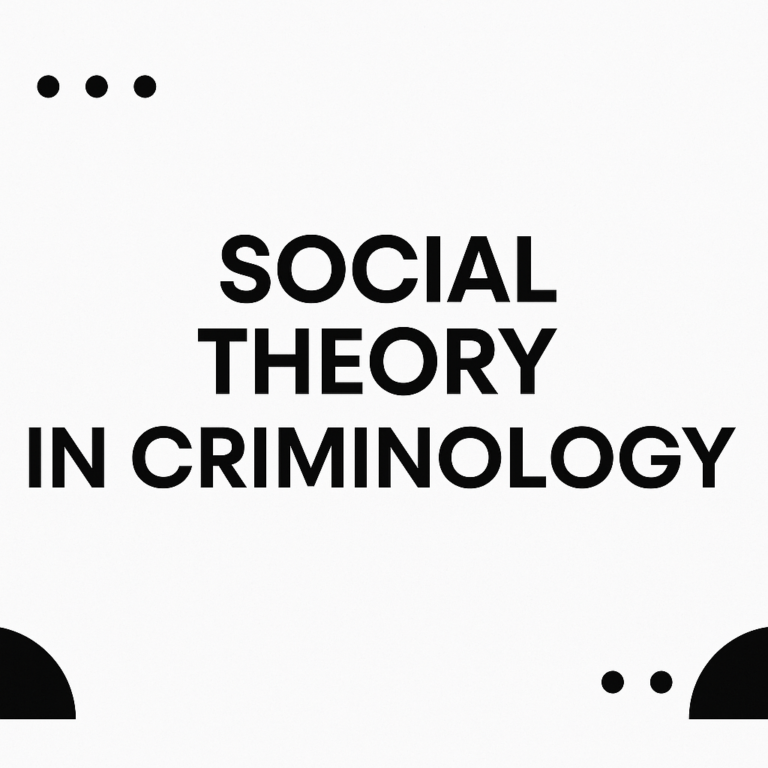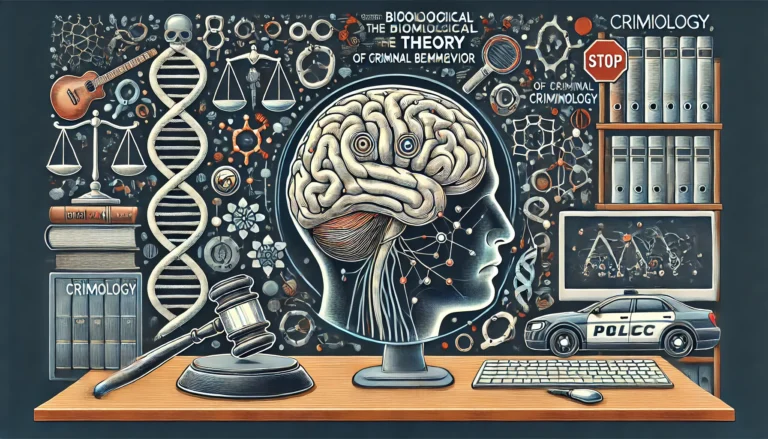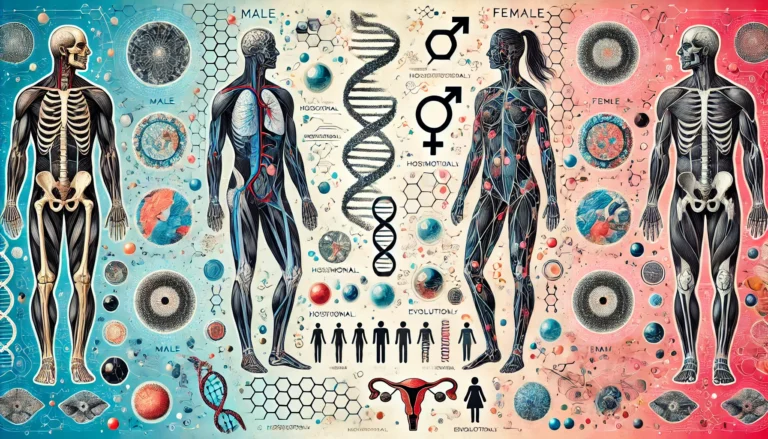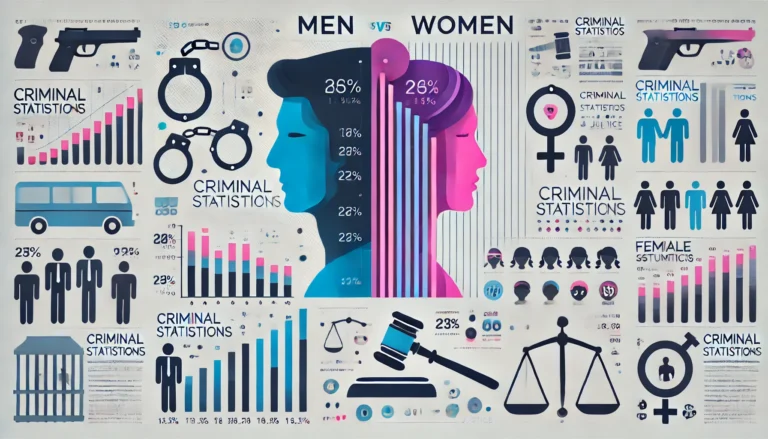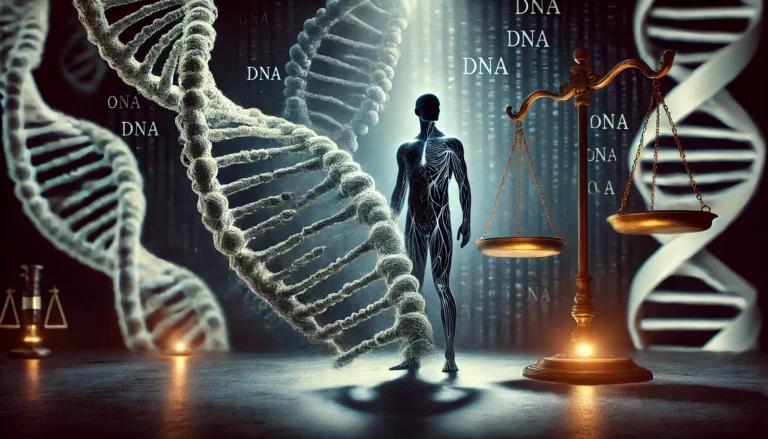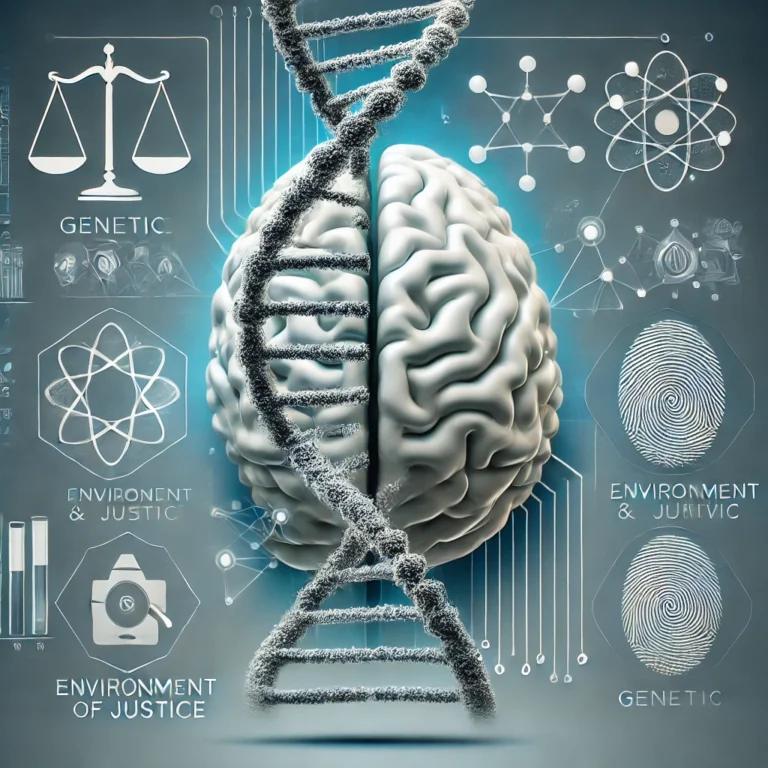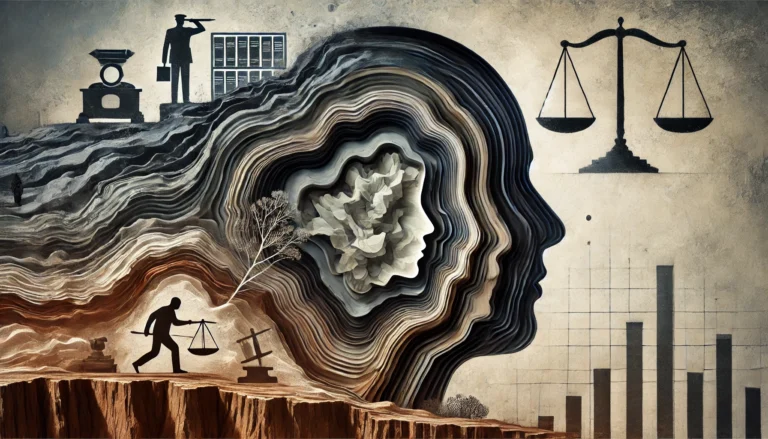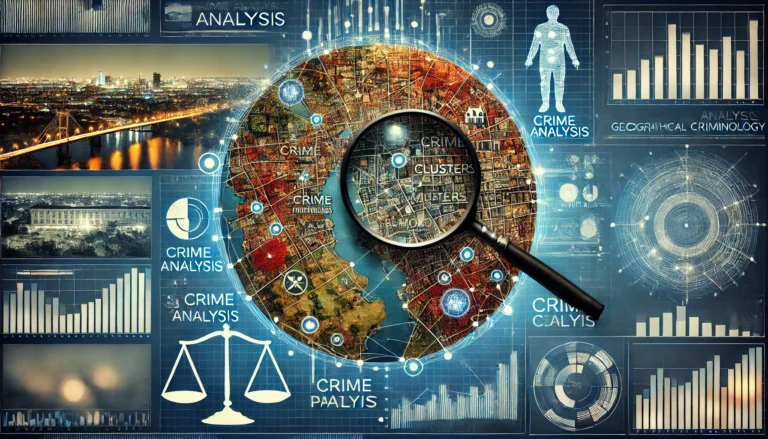Social Theory in Criminology: Understanding the Social Roots of Crime
Introduction Social theory in criminology provides a framework for understanding how social structures, relationships, and cultural norms influence criminal behavior. By exploring the intersections of society and crime, social theories aim to explain why individuals or groups deviate from societal norms and engage in unlawful acts. Understanding the roots of criminal behavior is a complex…

